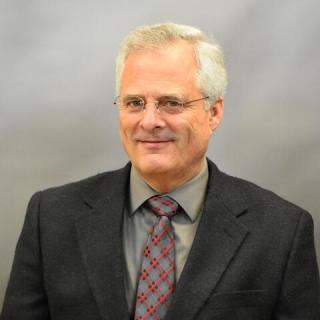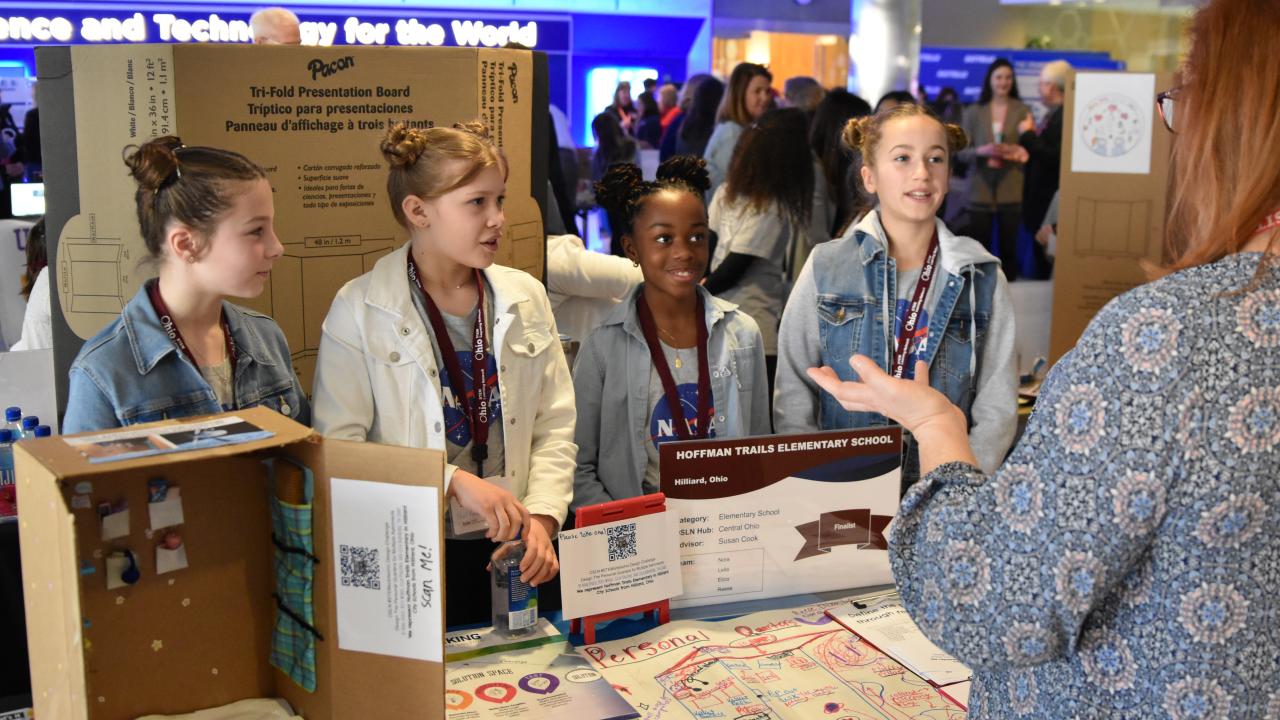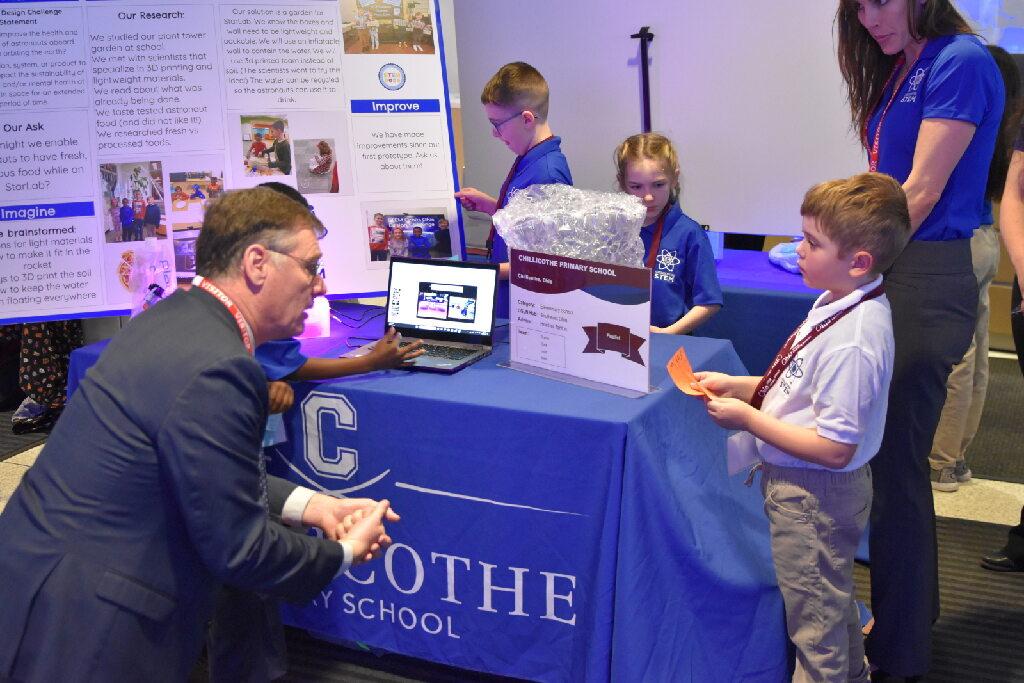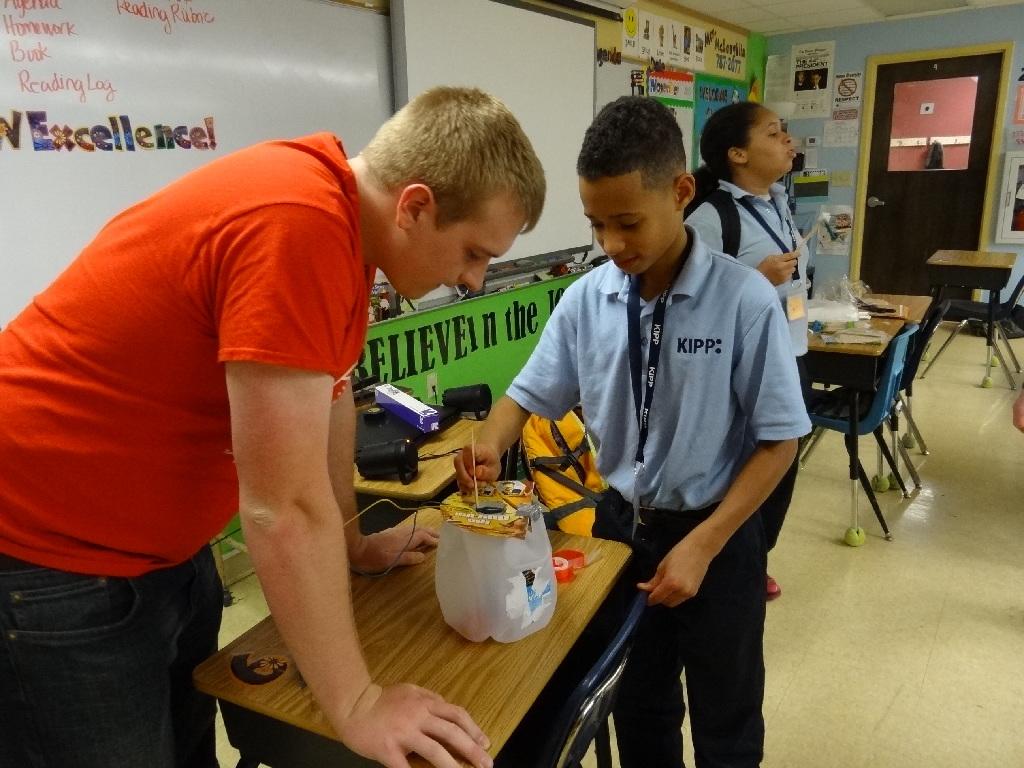From Kindergarten through PhD
We know that if we are going to affect the career trajectories of the next generation, we will have to engage early – when students are forming likes and dislikes – as well as often – across the age/grade continuum - so that there is a “next step” available for each learner.
Formal AND Informal
For STEM outreach to succeed in bringing new youth participants onboard to become the “creative problem solvers” of the next generation, efforts need to span both their lives and their livelihoods. While formal (K-12) education may comprise a significant portion of the time and engagement of youth, it does not necessarily extend into the home, family and civic lives of these students. Successful STEM learning needs to be reinforced in informal environments of home and community and engage different leaders and mentoring relationships in these spheres.
Awareness AND Preparation
STEM outreach initiatives can be broadly categorized as those that build awareness and those that accomplish preparation. To achieve STEM outcomes that eventually affect career trajectories, awareness-building activities need to be followed up by deeper preparation activities that build skillsets. In other words, we need to do BOTH!





